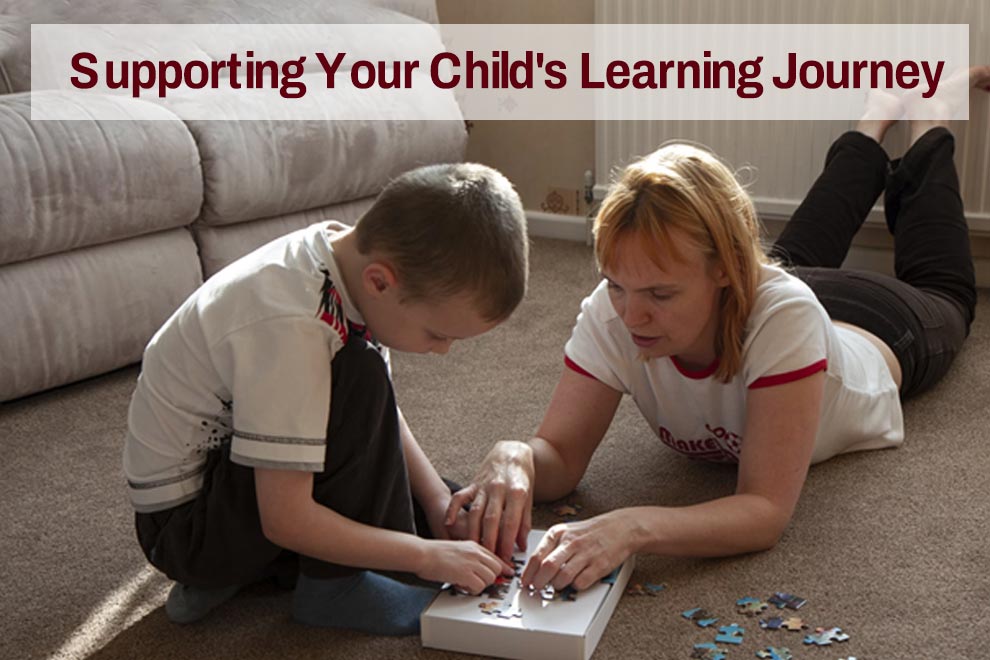Now 60% of parents are effectively controlling the tech-habit of their children
In early March 2020, Savanta, a Next15 company conducted a survey to better understand US citizen’s Digital Wellbeing and tech use. Shortly after, children, adults, and even olds inevitably started spending more time online due to lockdown enforcement. The home-stay orders went into effect in many places throughout the country. Given that change, Savanta decided to re-survey in September to check if families’ Digital Wellbeing might have changed.
Although wave 2 is shorter than wave 1, it still provides valuable insight into recent behavioral trends and conveys tech use and mental wellbeing. When comparing both the results, researchers saw some interesting changes to how parents are managing tech for themselves as well as for their children.
Comparing both results, parents are struggling more now to maintain healthy digital habits for their kids:
- In March, 52 percent of parents said they’re effectively managing the role of technology in their children’s lives. In September, that number rose to 60 percent.
- In March, 39 percent of parents were unaware of particular tech boundaries to set for their children, compared to 51 percent who reported feeling this way in our September survey.
While the research revealed these challenges, it also saw that some parts of these families’ overall digital wellbeing have improved:
- In March, 34 percent of parents were used to unplug and take tech breaks. In September, that number rose to 41 percent.
- In March, 63 percent of parents felt they could model digital wellbeing habits to their children. In September, that number rose to 73 percent.
- In March, 68 percent of parents were using technology to keep their children entertained. In September, that dropped to 57 percent.
- In March, 54 percent of participants agreed that digital technology has a positive impact on the time they spend with their families. In September, this number rose to 63 percent.
Savanta conducted online surveys among n=1,000 (wave 1) and n=500 (wave 2) respondents, respectively. 50 percent of the sample consisted of parents with at least one child under 18. The survey helped them understand more about families and their tech use in the United States.










